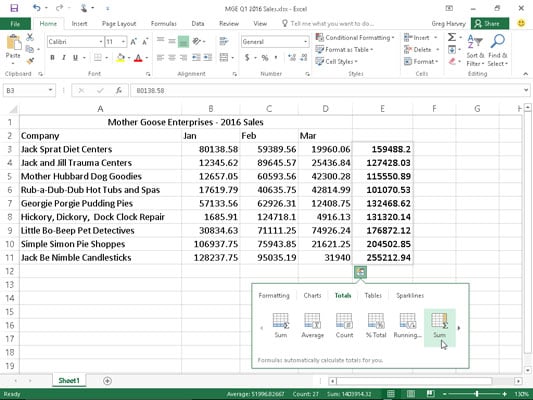

In equation (2), η i(B)jis the percentage of asset j destroyed by natural hazard event i for the baseline scenario (B), Z j is the value (in dollars) of asset j, and P(i,B) is the probability of event i occurring under the baseline scenario (B). The mathematical formulation of the model embedded in QEAT is: This occurs when practitioners are not clear about how the benefits are calculated. This has the potential to increase transparency and reduce confusion sometimes associated with economic analyses of natural hazards. For example, doing nothing, business as usual or other. QEAT users must be clear about the counterfactual, that is, the baseline scenario to which the mitigation options are compared. A sensitivity analysis can also be conducted to test the robustness of the results. In this format, the value for money generated by the different options can be quickly compared. QEAT is a spreadsheet that allows the user to insert relevant parameters and easily and quickly calculate benefit-cost ratios (BCRs) and net present values (NPVs). This paper provides a summary of the arguments for and against using QEAT to evaluate mitigation options. That analysis had taken four years to complete (Florec et al. To test the tool, results obtained from a quick economic analysis of bushfire management in the south-west of Western Australia using QEAT were compared with the results of a comprehensive economic analysis already conducted.


Such a tool has been developed for this purpose. It would also allow for decisions to be based on evidence and that trade-offs between different options are fully understood. If there was a tool to help them get quick and accurate option(s) likely to generate the best returns on investment and the additional information needed, this could significantly speed up the decision-making process. However, natural hazard managers may need economic information in a much shorter timeframe. Even integrating new information, such as intangible (non-market) values, into an already completed analysis can take several months (Florec, Chalak & Hailu 2017). However, conducting this type of in-depth economic analysis can take a long time, from several months to several years (Florec et al. Ideally, this would be done through a comprehensive economic analysis that provides information on the net benefits of each option and the value for money expected from each dollar invested. To be effective, natural hazard managers need to compare the costs and benefits of different options and identify the option that provides the best value for money.
Quick analysis button 2010 how to#
Governments operate within limited budgets and they need to decide how to best allocate resources for effective mitigation activities of natural hazards. This study showed that the quick analysis tool would allow fire managers to identify options worthy of business cases and to capture the information needed to increase confidence in their decisions. The results from the quick analysis, despite a few differences, were comparable to results from an in-depth analysis and provided enough information to determine the value for money that each prescribed burn annual rate generated. A case study is used of two prescribed burn annual rates and are compared with results of an in-depth analysis of the application of different prescribed burn annual rates over the long-term that took several years to complete. This paper describes a Quick Economic Analysis Tool, developed at the University of Western Australia, to conduct quick analyses. When there is not enough information, or an analysis would take several months or years to complete, having access to quick economic analyses in weeks rather than months would be very useful. To use resources effectively, planners and managers are best prepared when they know their options and which of these options provides the best value for money. However, mitigation requires time and resources, which are usually limited. An effective way to reduce the impacts of natural hazards on communities is by mitigating the risks.


 0 kommentar(er)
0 kommentar(er)
